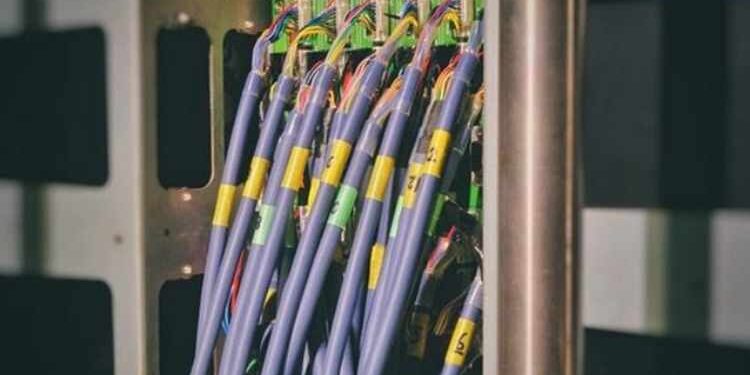When it comes to broadband, there are a lot of deals out there. It can be hard to know which one is the best for you. That’s why it’s important to compare broadband deals. Keep reading to find out more.
What is broadband?
Before we explain how to compare broadband deals, let’s define broadband first. Broadband is a term used to describe high-speed Internet access. A broadband connection uses a broader range of frequencies than a typical phone line, allowing data to be transmitted at a much faster rate. This makes broadband an ideal choice for activities that require a lot of bandwidth, such as streaming video or downloading large files. There are several different broadband technologies available, each with its unique set of features and benefits.
What are the different types of broadband?
The most common types of broadband include cable, DSL, and fiber optic. Cable broadband is one of the most popular options, thanks to its fast speeds and widespread availability. It uses the same cable TV network that you already have in your home, so there’s no need for additional wiring or stubborn cords. Cable broadband is often the best choice for households with multiple devices streaming video or downloading large files simultaneously. DSL broadband is another standard option, and it’s available in almost all parts of the country.
It uses the same telephone line that you’re already using for voice calls, so there’s no need to install any new equipment. DSL is a good choice for people who want a broadband connection but don’t have access to cable. Fiber-optic broadband is the newest type of broadband, and it offers the fastest speeds available. It uses optic cables to transmit data, allowing for speeds of up to 1,000 Mbps. Fiber-optic broadband is ideal for households that use a lot of bandwidth, such as those with multiple Internet-connected devices or people who regularly stream video.
What are the benefits of comparing broadband deals?
When it comes to broadband, there are several benefits when comparing different broadband deals. A benefit of comparing broadband deals is that it allows you to find a deal that fits your needs. For example, if you only use the internet for basic activities such as checking emails and browsing websites, then an entry-level package may be suitable for you. However, if you use the internet for more intensive activities such as streaming movies or playing online games, then you’ll need a package with higher bandwidth limits.
Once you’ve decided on the type of broadband deal that’s right for you, it’s time to start comparing prices and features. Comparing prices and features is beneficial because you can save yourself a lot of money in the long run. For example, if you’re currently paying £50 per month for your broadband connection, but you switch to a provider that offers a similar deal for £30 per month, then you’ll save yourself £600 over the course of a year. When comparing broadband deals, you must factor in delivery costs and set-up fees.
Delivery costs refer to getting the broadband service installed in your home. This cost can vary depending on where you live and the type of broadband service you choose. For example, if you choose a fiber optic service, the delivery cost may be higher than the traditional DSL service. Set-up fees are also essential to consider. This is the fee charged by broadband providers for setting up your account and getting you connected to their networks. Set-up costs can vary significantly from one deal to the next, so it’s essential to compare them closely. Otherwise, you may end up paying more than you need to.
